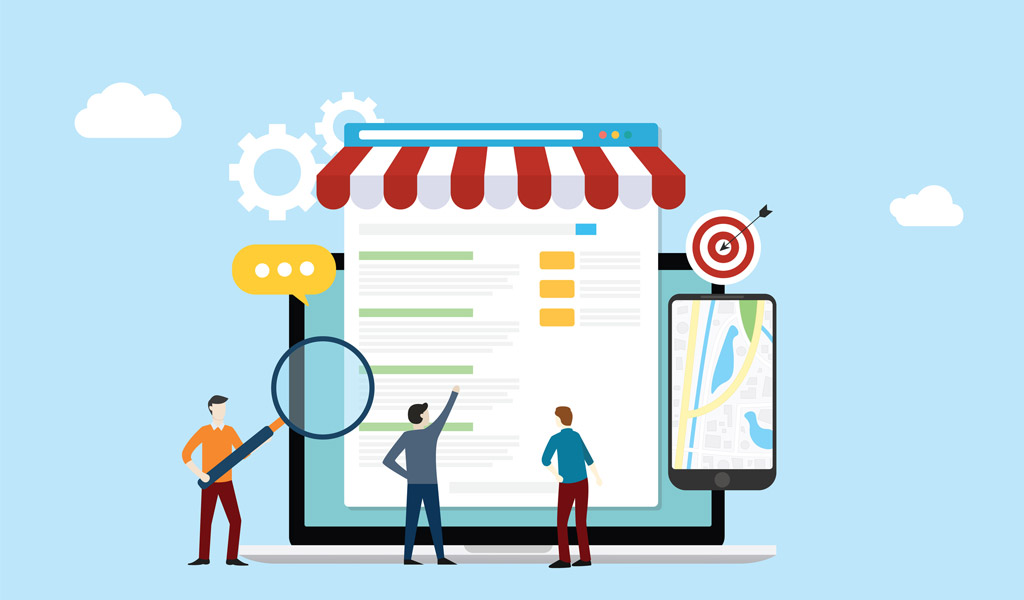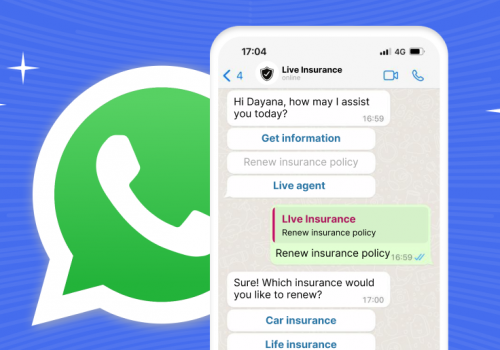Power of Localization. You might have heard the term localization brought up when discussing new products. Companies want to adapt and conquer new markets, and it’s impossible to do this if you don’t know the local markets you’re entering. Sometimes you need to alter your advertising so that it connects better with people in that region.
Localization doesn’t just exist for new products and marketing but is actually an important part of customer service too. When you sell a product in a certain region, you can expect that customers in that region will interact with your customer service team. Some customers will inevitably have questions about the product and come to you for guidance and support. As a forward-thinking company, it’s your role to adapt so you can best serve people from this region when they get in touch. That’s what we’re going to be looking at today. This guide will tell you why and how you implement localization into your customer service function. Let’s take a look.
Why Localization is Important
When entering new markets, your goal is to succeed at selling to new customers within these regions. That’s obvious, right? It is, but many companies still get confused about why they are struggling to sell in new markets. They will look at the sales data and say “well I guess people in France don’t really need our product” or “Our product doesn’t solve a problem for people in this market”. This kind of thinking is dangerous because you are cutting your efforts short without giving the product a real chance to succeed in the new market. The real answer to why the product didn’t sell is often localization.
For example, let’s pretend that you support the ability of people in France to buy your product. You realize that France is a large region and could be a potentially lucrative new market for your company. However, you just use Google’s native translation feature to translate all of your website content into French. This translation feature isn’t perfect. Often the context of sentences is lost as they are translated, and the end result can be an awkward jumble of phrases in the new language. This can be extremely off putting to potential customers because they will assume that the product isn’t really for them. They will think that they aren’t important to your company and they will opt for a local company instead.
This extends to customer service too. When consumers buy a new product, they understand that they might have to speak to customer service if they encounter a problem. No consumers want to talk to customer service. They hope that the product will work perfectly and that they instantly know how to use it. However, consumers do factor the quality of customer service into their buying decisions precisely because they fear that the product won’t turn out how they hope.
Companies with highly rated customer service tend to attract more customers. In fact, customer service (which forms part of the customer experience) is now more important to customers than low cost. After all, you haven’t saved any money on buying a cheaper version of a product if you can’t get it working. However, customers will become very frustrated if they can’t communicate with the customer service team because the agents don’t speak their language. This not only affects the experience of customers from the new market who have bought your product, but it also makes your brand less appealing to new customers in that market. Potential customers will have to weigh up whether it makes sense to buy your product if they won’t be able to use the customer service function.
The Benefits of Localization
- You can attract new customers in new markets the right way.
- You can increase your revenue – New customers in new markets leads to more sales and increased revenue.
- You can build closer relationships with important figures in new markets.
- New opportunities open up – You might start selling your product in a new region and then discover that people in this region could benefit from a new product that fixes a unique problem for them. Without being in this market, you might never have discovered this.
- Beat your competition – If your competition is only operating in one market, then you can take your business to the next level by entering new markets.
- Create new brand promoters – Every time you sell your product, that customer has the potential to become a brand detractor or a brand promoter. If you don’t localize your strategy, then you increase the number of detractors.

The Localization Guide For Customer Service and Beyond
Internationalization
Before you start with your localization journey, you need to think bigger. Right now your focus might be entering one new market, but in the future, you might decide that you want to repeat the process across more regions. This is what internationalization is about. It’s about preparing your website and documents so they can be optimized for new markets.
This generally means standardizing your products so they can fit across several markets. It means ensuring that the layout of your website makes sense for new markets. It makes standardizing the price of your products in new markets ahead of time. This part requires some research. Many companies just opt to keep their price the same but just convert it into the local currency. However, you have to consider that the amount of expendable income people have in different countries can vary wildly. If you keep your prices standard across all markets, you might find that your product is too expensive for people in some regions and that your other efforts have been wasted. For example, Spotify charges Indian customers a much lower subscription fee than their customers in Europe and the US.
Payment Options
Ensure that you offer a range of payment options for your products. Customers in some regions will prefer to use a credit card, others will prefer a debit card. Some will prefer PayPal, and others will prefer Payoneer. It’s important to do your research and ensure you are offering the right payment options for the region you are entering.
Consider Going Multidomestic First
Sometimes it’s better to focus closer to home before you go bigger. Multi-domestic strategies focus on meeting the specific needs of customers in different regions within your country. For example, is there a local holiday that is only celebrated by one region in your country? If so, you can tailor your marketing to target these customers and offer discounts and promotions during this holiday. You can monitor the success of your multi-domestic strategy and improve it before trying an entirely new region.
Decide What New Markets You Want to Enter
Localization requires a lot of dedicated work to get it right. This is why you should focus on entering only one or a few markets at a time. Do your research and decide where you are best able to add value. You should consider:
- Will people in this region benefit from your product? What problem does it fix for them?
- Can you commit to hiring customer service agents who can speak this language?
- Do you intend to start up a new contact center in this area? What costs are associated with this?
- Do you have to adapt your product to meet local rules and regulations?
- Is there a gap in the market for you or is the market already saturated with competitor products?
Hire New Agents
If you are entering a new market, then you must have customer service agents who can speak the local language. This might mean opening up a new contact center in the region, hiring a remote team of agents, or hiring bi-lingual agents at home. If you want to continue to provide a high level of customer service to all of your customers no matter where they are, then this is crucial.
Operating Times
Do customers in this new region live in a different time zone? If so, it’s important to ensure that you are operating during the working hours of this time zone too. There’s little use of hiring agents who can speak the local language if they can only communicate with customers for a few hours a day. This is cost-inefficient, and this also frustrates your new customers in the new market.

Translate Your Website and Chatbots
Get your website professional translated by a native speaker rather than relying on Google translate. If your company uses chatbots, then you should also ensure that your chatbot can also communicate in this language. If you don’t have the capacity to translate your chatbot text and ensure it’s running properly, then it’s better to remove the feature for your new local users.
FAQ Sections
Your FAQ section should address common questions and issues for people in the new market. If you translate your FAQ for a different market, then ensure that you remove elements that don’t apply to the new region. You don’t want an influx of customer service calls from confused customers asking questions that don’t apply to them.
Don’t Make Assumptions, Monitor
Not everyone uses websites in the same way, and not everyone interacts with customer service the same way. Don’t assume that the data you have for your main region will apply across all regions. Instead, you should continually monitor how customers in new regions interact with your website and your customer service function. You might find that customers in some regions scan the website or click in different places than customers in other regions. You can then use this information to alter your site to better appeal to these customers.
Similarly, you might find that customers in some regions much prefer to call your customer service team rather than use the live chat or email features. You might find it’s the opposite. Paying attention to these patterns will help you decide where you need to put more energy.
Localize Your Onboarding Process
You should ensure that your welcome emails and confirmation emails have been localized for your new market. These emails should be perfectly translated and contain all information relevant to these customers. Cut out anything that isn’t relevant to customers in this region. For example, let’s pretend that you primarily sell in the US, but are looking to start selling in the UK. In November, you might have a line in your confirmation emails that go out to US customers to say there might be delays due to the Thanksgiving holiday. You might also wish your customers a happy Thanksgiving and wish them a good time with their friends and family. People in the UK don’t celebrate Thanksgiving because it’s an American holiday, so you should remove all mentions of it in your emails to UK customers.




















